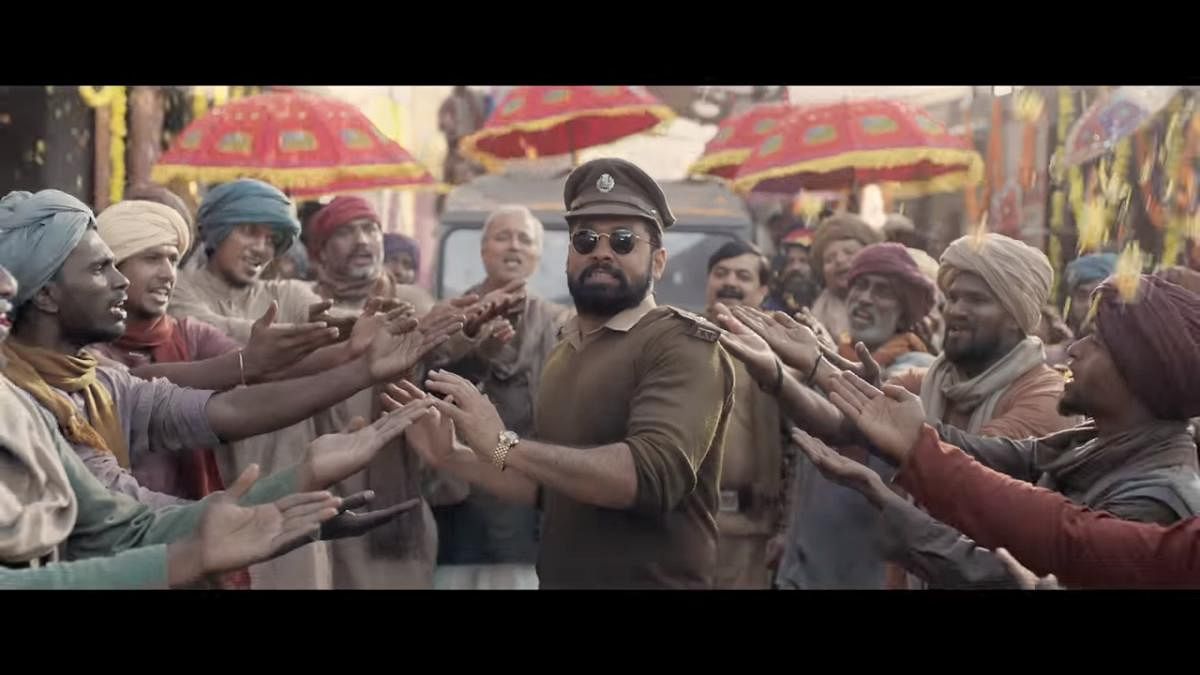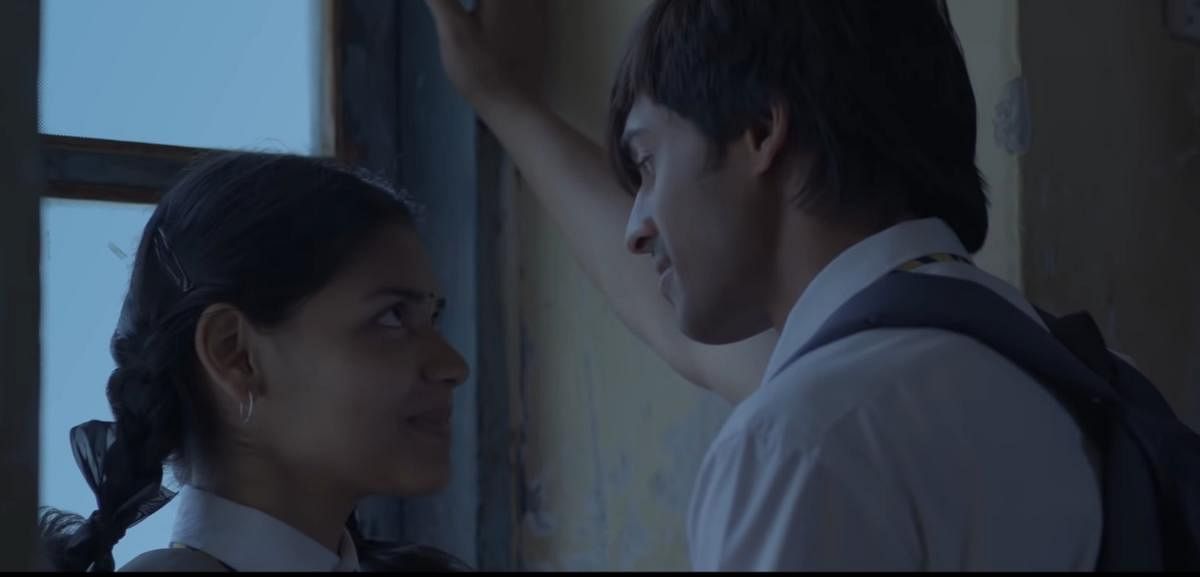

Which South Indian industry is the best? The unanimous opinion to this Twitter question wasn’t surprising. The Malayalam film industry, which richly deserves the invincible tag, bagged the top spot while Kannada predictably settled for fourth.
Even for a staunch Kannada industry loyalist like me, this isn’t the time for outrage against the choice. Our defensive arguments have become stale. Films like ‘Jogi’ (2005), ‘Mungaru Male’ (2006) and ‘Duniya’ (2007) triggered hopes of a golden run. The formula for commercial success was laid out in the open. But the golden goose died a quick death.
Sandalwood took a notable stride forward with new generation films. Pawan Kumar and directors who came after him (Hemanth Rao, Rakshit Shetty, Prashant Neel, Anup Bhandari) promoted the industry from the relegation zone. Despite the silver linings, the harsh reality remains that the industry has been punching above its weight for the longest time.
In most cases, content that’s considered good in the Kannada film industry is equivalent to a passable effort in Malayalam and Tamil cinema. Malayalam films are in a league of their own. They are their own competition. The constant in-flow of exciting talents with fresh stories keeps the Tamil industry in the limelight. The Telugu industry is rightly satisfied with its age-old, successful commercial model.
Unfortunately, the Kannada industry appears like a room in total disarray. Lacklustre scripts, shortage of screens, piracy and a mindless surge in production have crippled the industry. Not to forget the ridiculous obsession with remakes. In the last five years, the industry has seen 52 remakes.
For every star in Tamil, Telugu and Malayalam, Kannada has its own big name. But it’s the off-beat films with universal stories from the other industries that interest us.
“Anything human is universal,” says renowned writer Jayant Kaikini. “Even if I react to a Kurosawa (Akira) film, a Tarantino (Quentin) movie or a Theo Angelopoulos work, it’s not just because of their technical brilliance or the performances in them. They provide an immensely satisfying overall experience,” says Kaikini, one of the Kannada industry’s lyricists.
Malayalam cinema’s depiction of everyday life wins wide acclaim. Stories of ‘Kumbalangi Nights’, ‘Drishyam’, ‘Helen’, ‘Sudani From Nigeria’ and ‘Varane Avashyamund’ explore different human relationships and don’t fail to move us.
Kaikini stresses on the need for a better writing culture. “Filmmakers here believe in jamming sessions with associates for developing a story. It doesn’t work that way. A film’s story should first happen on the writer’s table, in an individual space,” he opines.
Directors in Sandalwood need to be open to working with gifted writers. Filmmakers who write their own films should push their creative boundaries and be ambitious in their imagination.
There is no denying Kannadigas’ slight aversion to their own films. But as consumers, they are right in choosing the best product. The Kannada industry has faced this predicament of more than ten films releasing in a single week. Even as a couple of them gather momentum due to strong word of mouth, they are thrown out of theatres to make space for the next bunch.
Most of these forgettable low-profile films are made for government subsidy. A shocking revelation from DH recently showed how the subsidy process was a big flop show. In a span of four years, Karnataka had spent Rs 34.9 crore on 349 films but only half of them saw the light of day.
A well-made Kannada film has to jostle for space with a big-budget non-Kannada release. “The ticket prices of other language big releases are two or three times higher than our films. That’s why the exhibitors throw out our films and provide more screens for non-Kannada ones to make profit. Ticket pricing should not vary. Our neighbouring States have standard ticket rates and their exhibitors support local films,” says producer and distributor Rockline Venkatesh.
Finding comfort in the industry’s glorious past is only consolation and not a solution. Films of Rajkumar still feel fresh. Shankar Nag is a visionary gone too soon. Puttanna Kanagal scripted the golden age of Kannada films. But as an industry, Kannada is judged for what it repeatedly does now. It needs to make a strong statement that it firmly believes in quality films.
Reputation is vital and Prashant Neel’s KGF made the entire nation take notice of it. A balance of all kind of films is the need of the hour. So are gifted filmmakers. Roopa Rao is one such. ‘Gantumoote’, Roopa’s debut, is a heart-rending coming-of-age film that received a phenomenal response from film buffs across the country. “It’s a film exquisitely directed and enacted,” writes national award-winning critic Baradwaj Rangan in his review.
The film dared to be different in its outlook. It narrated a story from the eyes of the leading lady, an approach seldom seen in KFI. An enormous reception for a film from outsiders benefits the industry. Increasing the frequency of such films is the way forward, feels Roopa. The director makes an interesting point on how we view a ‘star’ film.
“It shouldn’t be the case of one good film in one year. The mindset towards an industry doesn’t change overnight. Malayalam films too make run-of-the-mill films but our perception is that they largely produce great content. One reason for that is their stars are willing to explore. They choose complicated and challenging scripts. Stars here too can spread their spectrum without compromising on their brand value. At the end of the day, Kannada audience definitely support good stories,” she points out.
Instead of serving us repeated templates, filmmakers must attempt to explore and innovate without reducing the impact of the commercial genre.
There is definitely hope. KS Ashok’s ‘Dia’ created ripples when it reached an OTT platform in the initial phase of the nationwide lockdown. Legendary Tamil director Bharathiraja, rising filmmaker Sudha Kongara and the family of ace Bollywood director Rajkumar Hirani showered praise on the romantic drama.
“OTT is a great platform to explore. There is no language barrier and it’s about the survival of the fittest,” feels Ashok. “According to me, people come to theatres to watch films of superstars and it’s not wrong. Superstars are the entertainers. Just that, our standard of scripts and making is not upto the level of other industries. Our commercial films should know what our audience wants. Fans will trust us if we focus on quality. The success of ‘Avane Srimannaraya’ shows what a quality commercial film can do,” he says.
The Post-Corona period is sure to bring in new challenges. The Kannada industry has a long way to go and that piece of advice is hard to dispute.